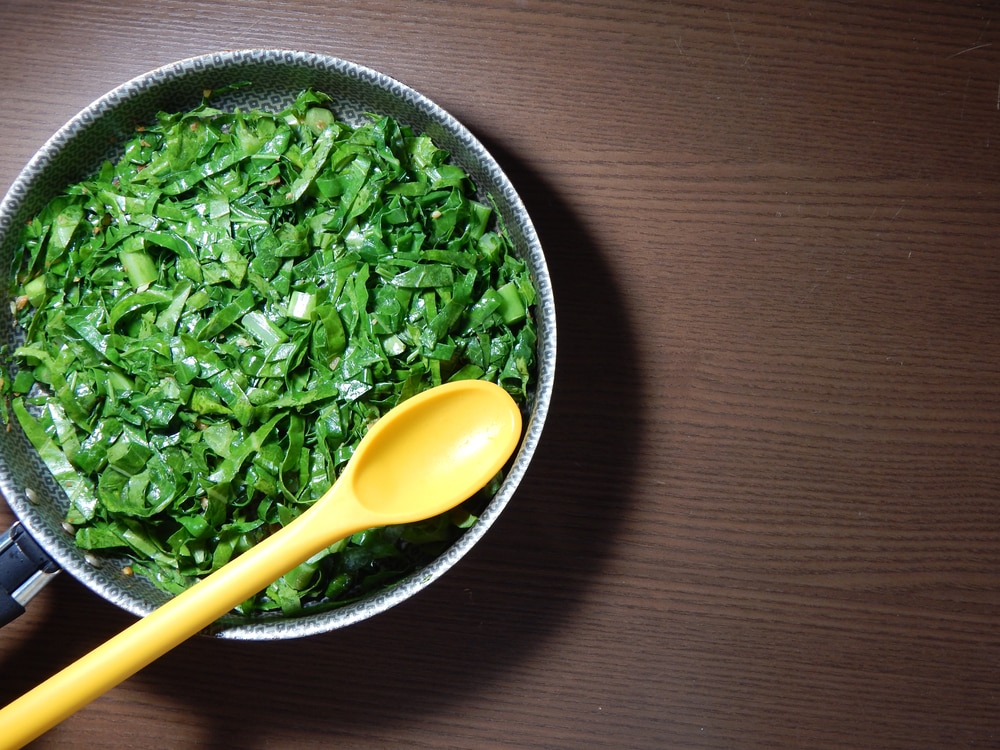
Green vegetables like cabbages, kale, and lettuce come with tons of medicinal properties that make them amazing. Though, you will notice that most people decide to plant kale in their gardens. The main reason for it is the taste of these vegetables. Usually, when purchasing kale from stores, you can only choose between the options available. Most of these are not as sweet as kale leaves can be if you grow them yourself. This is because most harvesters don’t have enough time to keep a check on all the kale in their gardens.
Instead of getting the vegetable from stores, you can plant it in your home instead as this will help in getting an even better taste. Though, the main issue that you will notice tons of users complaining about is kale not being heat tolerant. When it comes to this, some ways can be used to prevent the problem. Hence, we will be using this article to provide you with relevant information that can be used to keep your kale healthy.
Heat Tolerant of Kale
Kale comes in different varieties that you can select from before you start planting the vegetable. The characteristics of these species slightly vary which is why going through them is an important step. Usually, people should choose a variety that can grow best in their region. Talking about this, if you are living in an area where summers get too hot then you will notice that most kale varieties start to die out. Hence, choosing a type of kale that is tolerant to heat can be essential.
This is where the red ursa kale comes in. The variety is a hybrid made by mixing the Siberian kale with the red Russian variant. As a result, the red ursa kale was found that is capable of growing up to 30 inches tall. The size is quite large when you compare it with standard kale as it is known for staying near the ground. Moreover, people should note that not only the height is increased but the plant also grows larger leaves on it.
These have the same sweet taste on them which is also reported to be sometimes even sweeter than the original plant. Furthermore, the plant is also capable of surviving high heat even if you live in a hot area. The red ursa variant comes with thick leaves that are not only tolerant to heat but this type of kale can also survive harsh frost. Though, the major downside to this variety is that it comes with slightly brittle leaves that can be difficult to eat raw.
If you don’t enjoy them like this, then cooking them should solve the problem. There are tons of recipes that require people to cook the leaves before eating them as it helps in making them softer. You can also mash these to make different types of sauces that mostly include recipes from Mexico. With that being said, one important thing to note is that even though the type of kale is tolerant to heat, people should still start growing them during winters.
This is because the frost helps in elevating the taste of the leaves, making them even sweeter. The process is best for people that are growing the plant to harvest it during its season. If you want the plant to last you the entire season, then make sure that you only remove older leaves from it. These have to be cut along the stem so that new leaves can start growing in their place.
Growing Heat Tolerant Kale
While the red ursa variant of kale is tolerant to heat, it can still run into some problems if left directly under sunlight. This is why if you notice that the leaves on your plant have started to get weaker then moving your plant is the best option. Placing them someplace where they receive partial sunlight is a great way of keeping your plant healthy throughout its bloom time.
Some people might also be able to keep the plant alive the entire year, but this usually depends on the weather conditions. Other than this, the amount of water that you use also plays a huge role in how the kale will grow out. The plant requires a lot of liquids which is why keeping it surrounded by water is a great way of ensuring that it stays healthy.
